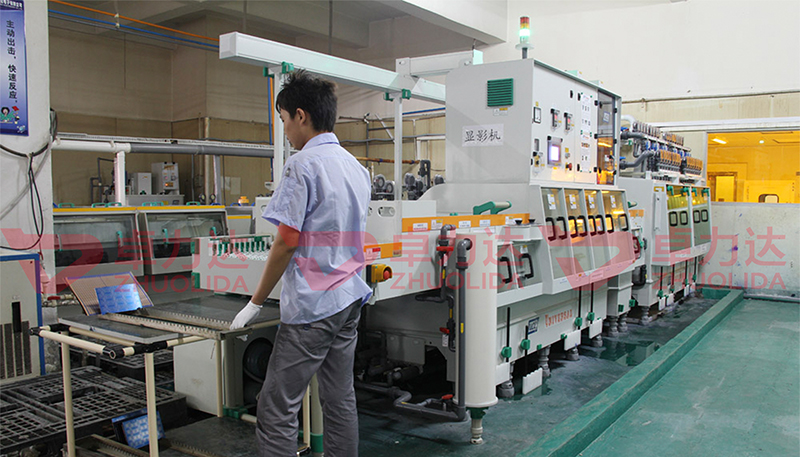
DIY etching stainless steel is an engaging and creative project. Here’s how to safely and effectively etch stainless steel at home using either chemical etching or the electrolytic method:
Stainless Steel Item: Ensure it’s clean and polished (e.g., 304-grade stainless steel).
Stencil/Design: Use adhesive vinyl, painter’s tape, or a photoresist film.
Masking Material: Nail polish, tape, or specialized resist material.
Etching Solution:
Chemical Method: Ferric chloride or a hydrochloric acid mixture.
Electrolytic Method: Saltwater solution.
Power Source (for electrolytic etching):
9V battery, DC power supply, or phone charger with exposed wires.
Tools:
Paintbrush, sponge, or cotton swab (for applying solution).
Plastic container (non-metallic) for submersion etching.
Protective Gear:
Gloves, goggles, and a respirator.
This method uses a chemical solution to etch the exposed areas of stainless steel.
Steps:
Prepare the Surface:
Clean the stainless steel with isopropyl alcohol or dish soap to remove oils or residues. Dry completely.
Mask and Apply Design:
Cover areas you don’t want etched using adhesive vinyl, tape, or nail polish.
For intricate designs, use a craft cutter (e.g., Cricut) to create stencils.
Ensure the edges are firmly sealed.
Prepare the Etching Solution:
Dilute ferric chloride with water in a 1:2 ratio (1 part ferric chloride to 2 parts water) in a plastic container.
Always add acid to water (not water to acid).
Etch the Stainless Steel:
Submerge the piece in the solution or brush the solution onto the exposed areas.
Monitor closely; etching depth increases with time (typically 5–20 minutes).
Stop the etching process:
Rinse thoroughly with water to neutralize the reaction.
Remove the resist with acetone or a scraper.
Finish:
Polish the piece with a buffing compound or fine sandpaper.
This safer alternative uses electricity and saltwater for etching.
Steps:
Prepare the Surface:
Clean as described above to ensure good adhesion of the resist.
Apply the Design:
Use masking tape, vinyl, or resist material to protect areas not being etched.
Expose only the areas to be etched.
Prepare the Saltwater Solution:
Mix 1 tablespoon of salt in 1 cup of warm water.
Set Up the Circuit:
Connect the positive wire of a 9V battery or DC power supply to the stainless steel item (use an alligator clip).
Connect the negative wire to a cotton swab or small piece of sponge dipped in the saltwater solution.
Etch the Design:
Rub the soaked cotton swab or sponge over the exposed areas of the stainless steel.
You’ll see bubbling and darkening as the etching occurs.
Replace the cotton or sponge when it gets dirty.
Clean and Polish:
Rinse the item with water and remove the resist.
Polish to enhance the etched design.
Detailed Designs: Use a cutting machine or print a design onto adhesive vinyl.
Uniform Depth: For even results, ensure consistent contact with the etching solution or applicator.
Safety First: Work in a ventilated space with proper protective gear.
Color Fill: Paint or enamel can be added to the etched areas for a contrasting look.
Surface Finish: Use sandpaper or polishing compounds to refine the surface.
Contact: andy_Lai
Phone: 18938693450
E-mail: yw9@zldsmt.com
Add: Building A3, Huafa Industrial Park, Fuyong Town, Fuyuan Road, Fuyong Town, Baoan District, Shenzhen,China